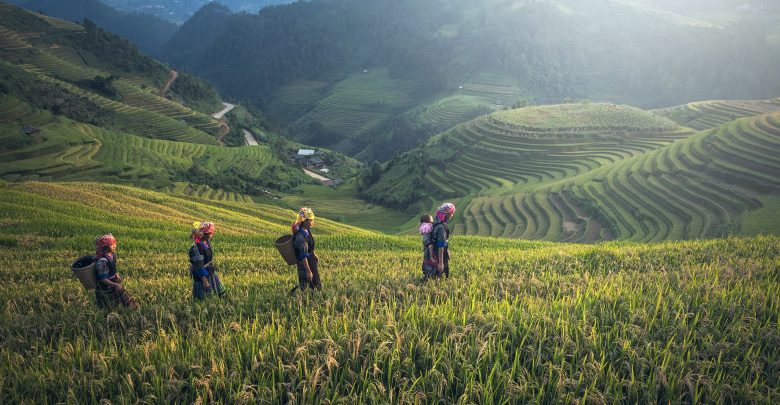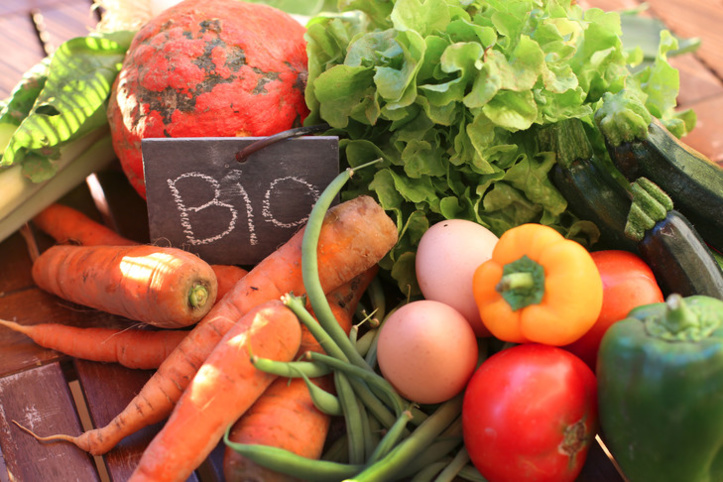The robotization of Japanese agriculture is increasingly popular, in this country that is often on the front line of the world in terms of technology. Faced with the accelerated ageing of its agricultural population (more than 60% of Japanese farmers are over 65 years old) and the lack of labour in the sector, the country is now turning to robotisation and automation in order to modernise its agriculture.
These technological advances have several advantages for Japanese agriculture. Agricultural robots help boost productivity by performing repetitive tasks with precision and optimizing the use of resources. In fact, about 40% of Japanese farms already use robotic and/or automated technology. Robots that can plant, water, weed and harvest improve crop efficiency while reducing the drudgery of farm work. In addition, drones and smart sensors allow for close monitoring of soil and crop conditions, facilitating real-time decision-making. Another important opportunity is the alleviation of the labour crisis in the agricultural sector. In 2024, the average age of Japanese farmers is over 67 years old, and technology is therefore becoming an essential lever to replace this missing workforce.
New types of robots, such as the machines produced by companies such as Kubota or Yanmar, are geared towards fruit and vegetable crops. Agricultural robots have contributed to an average increase in crop productivity of 15% since 2022. In addition, more than 10000 drones are now in operation in Japanese agriculture; They are used to monitor crops and spray pesticides. This figure is 30% higher than in 2022. However, there are also threats, residing in the cost of investing in this type of equipment. For smallholder farmers, its cost can become a major obstacle. The latter risk being ousted in favour of large farms capable of supporting these investments. The gap between small and large farms could thus widen, threatening the diversity of Japanese agriculture and the balance of rural communities.
In 2024, a significant breakthrough was the introduction of the “AgriTech Innovators” project in Hokkaido Prefecture, a government-backed program encouraging the robotization of smallholder dairy farms. Automated robots for milking cows have been deployed, increasing productivity by more than 25%. In addition to addressing the labour shortage and modernizing dairy production, this project aims to make agriculture more attractive to the younger generations, who are often discouraged by the arduousness of manual work. The Japanese government has also allocated about 100 billion yen (€700 million) to support research and the integration of robotization in agriculture in 2024.




